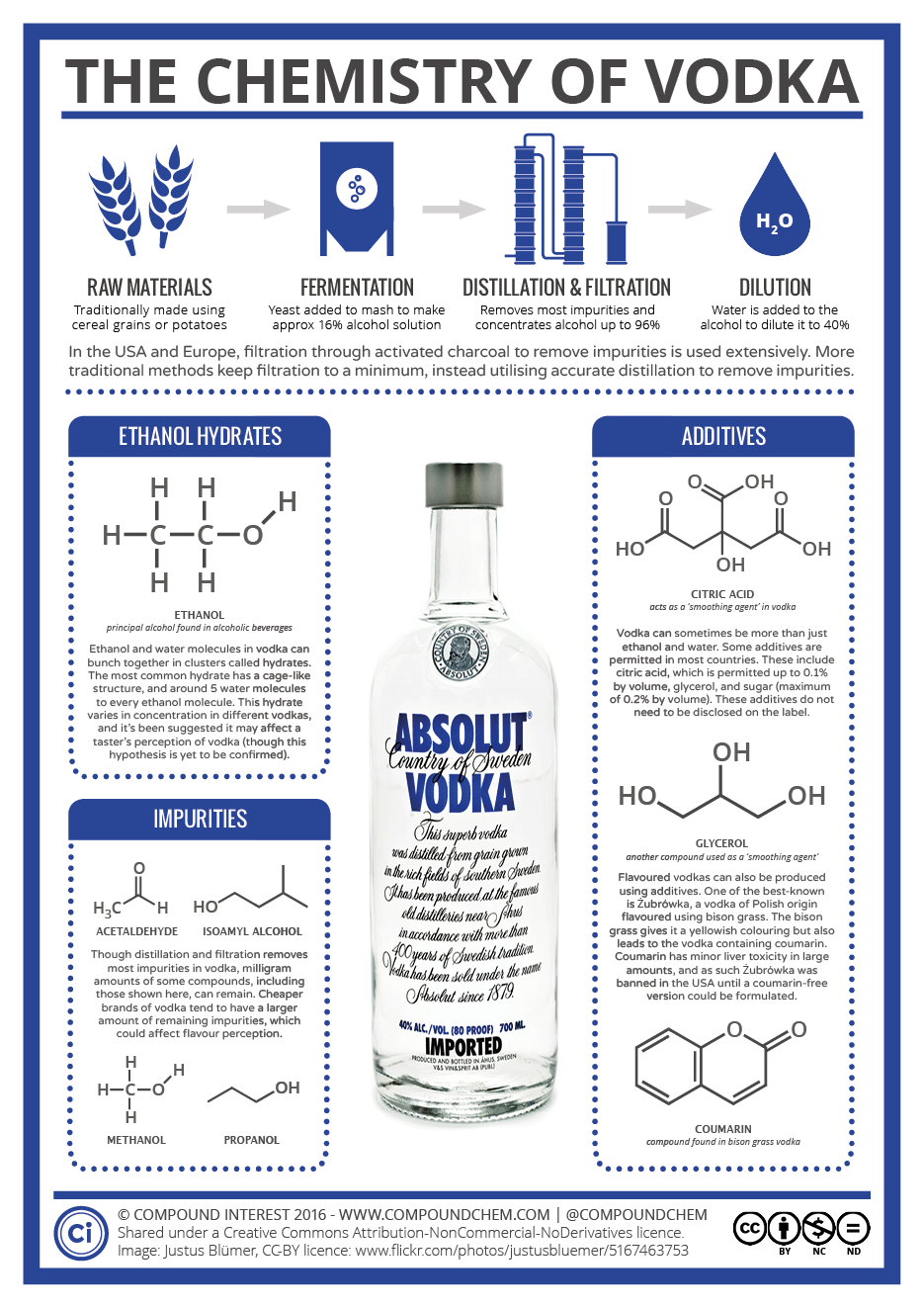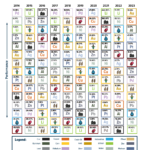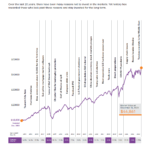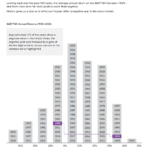Vodka is a Russian invention and is the most popular drink in that country. There are also other types of Vodka such as Absolut Vodka which is from Sweden.
The following infographic shows the chemistry of Vodka:
Click to enlarge
Source: The Chemistry of Vodka – Structure, Additives, and Impurities, Compound Interest.
Below is a brief excerpt from the piece:
You could be forgiven for thinking there’s not a great deal that’s interesting about the chemistry of vodka. After all, isn’t it essentially just a mix of two compounds, ethanol and water? Though this is pretty much the case, there’s more to vodka than you might expect. Here we take a look at some of its chemical secrets.
First, let’s briefly summarise how vodka is made. The method is similar to that for most fermented spirits. Though the stereotypical image most people have of vodka is that it’s made from potatoes, in fact it’s much more common for it to be made from cereal grains, including corn, rye, and wheat. Fermentation of these grains using yeast produces alcohol (ethanol), but only up to around 16% – too low for vodka.
Further steps are necessary to arrive at the finished product, the key step being distillation. Distillation involves the boiling of the mixture; because ethanol boils at 78˚C, it boils off before the water does and it can therefore be concentrated. Unfortunately, a lot of the other compounds produced during fermentation boil off at lower temperatures than water too, so precise control of the distillation process is necessary to ensure that these aren’t present in the final product.
Often, it’s distilled more than once to ensure a minimal amount of impurities remain. To be even more certain of this, many manufacturers filter the vodka through activated charcoal, which helps pull out more of any impurities still present. More traditional manufacturers rely on precise control of the distillation process, however. After all of this the vodka’s alcohol percentage is around 96%. The final step in the process is diluting it with water to bring the percentage down to around 40%.




